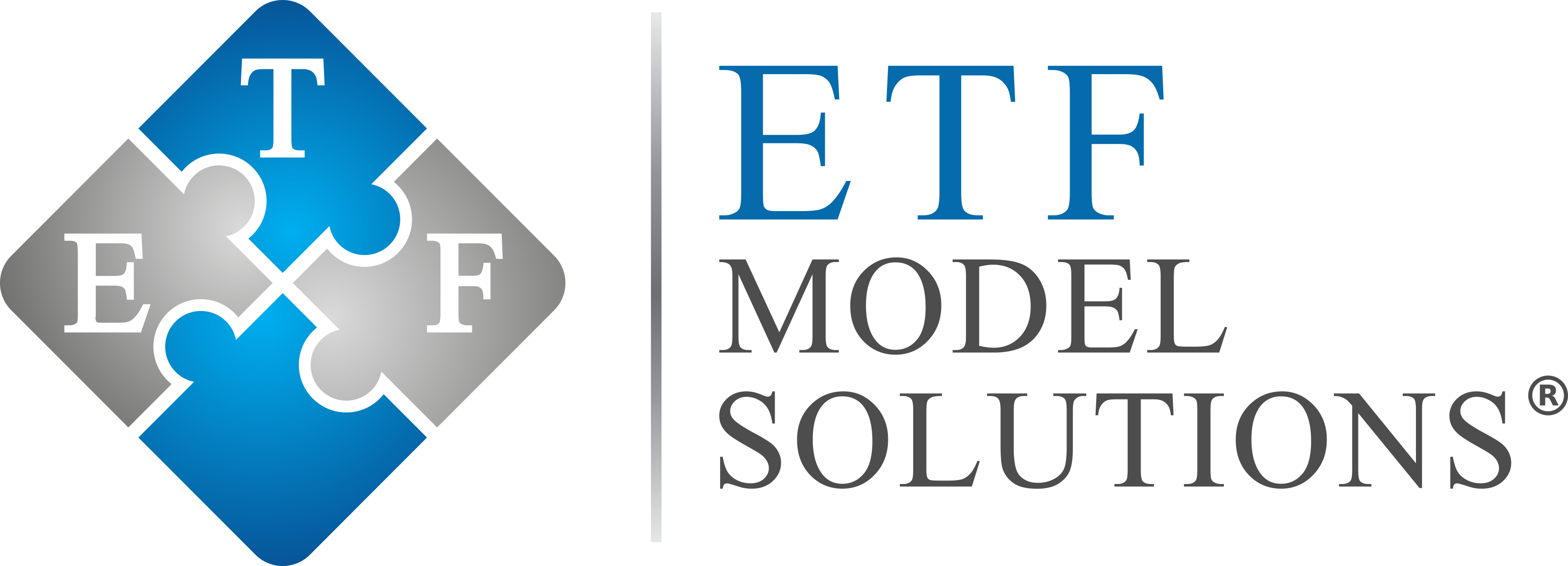Global Equity Model
- Home
- Global Equity Model
The objective of this model is capital appreciation and growth. One hundred percent of the model is invested in Equity ETFs. The model is invested with a global footprint with over 50% of the model allocated to international equity ETFs including emerging market equity ETFs. The model seeks to meet and/or beat the MSCI World Index.
A Core and Satellite approach has been used to build this model, with the Core including low cost, market capitalization weighted ETFs. The Satellite includes ETFs that track alternative indices, attempting to add Alpha over the Core indices. Examples include fundamental weighting, dividend weighting, volatility weighting, thematic weighting, etc.
Our Firm’s belief is that dividends add more value in a low return environment, as they contribute a higher percentage to overall equity returns. Hence, having an overweight to higher dividend producing equities should contribute to better returns over time.

GLOBAL EQUITY ETF MODEL COST ANALYSIS
- The weighted average cost of the Global Equity Model is 0.37%*.
- This compares very favorably to the Morningstar Category Average of World Stock Mutual Funds of 1.12% (Source: Morningstar Direct).
- This is a reduction of 67% when compared to active money manager costs!
- This is particularly important in light of the fact that over the last five years ending 6/30/2019, only 15% of Global Equity Mutual Funds beat their benchmarks (per SPIVA Scorecard).
*As of 9/30/2019. The Model Weighted Average Net Expense Ratio applies only to the portion of the model that is comprised of mutual funds and/or ETFs. It reflects expense waivers or reimbursements from the fund companies, which may not be permanent. The data used to calculate the Model Weighted Average Net Expense Ratio is obtained from a third-party data provider and is believed to be accurate, but has not been verified by Envestnet. The Model Weighted Average Net Expense Ratio will only be shown if fund expense ratios are available on all mutual funds and ETFs used in the model.
